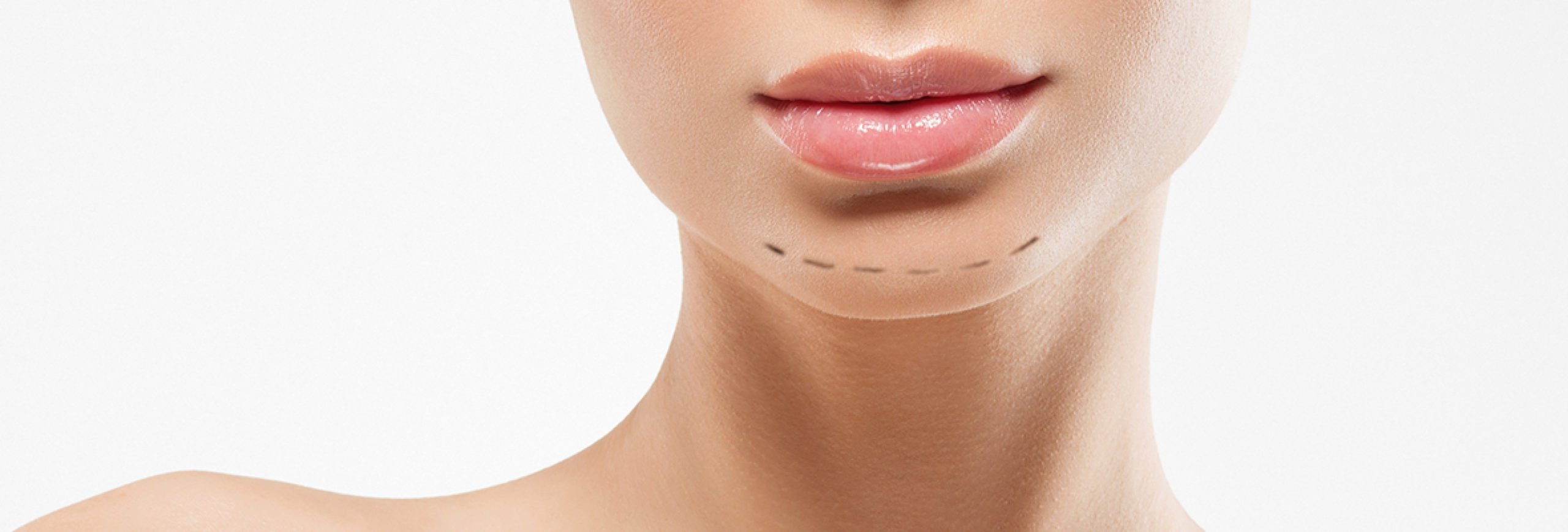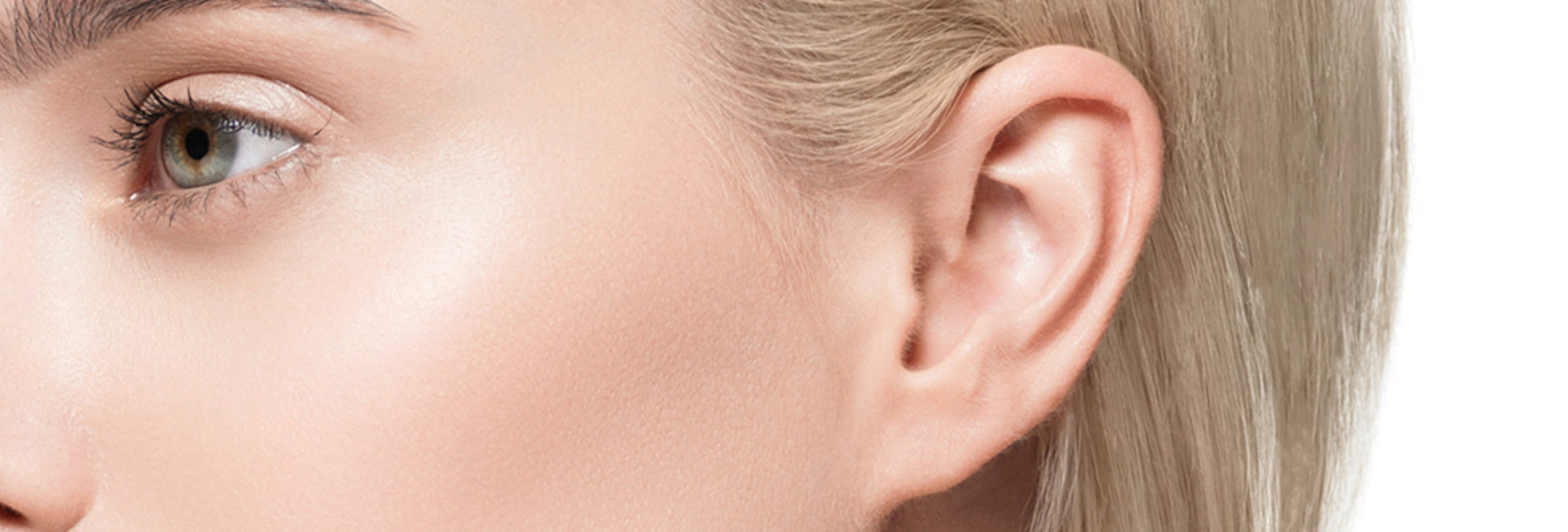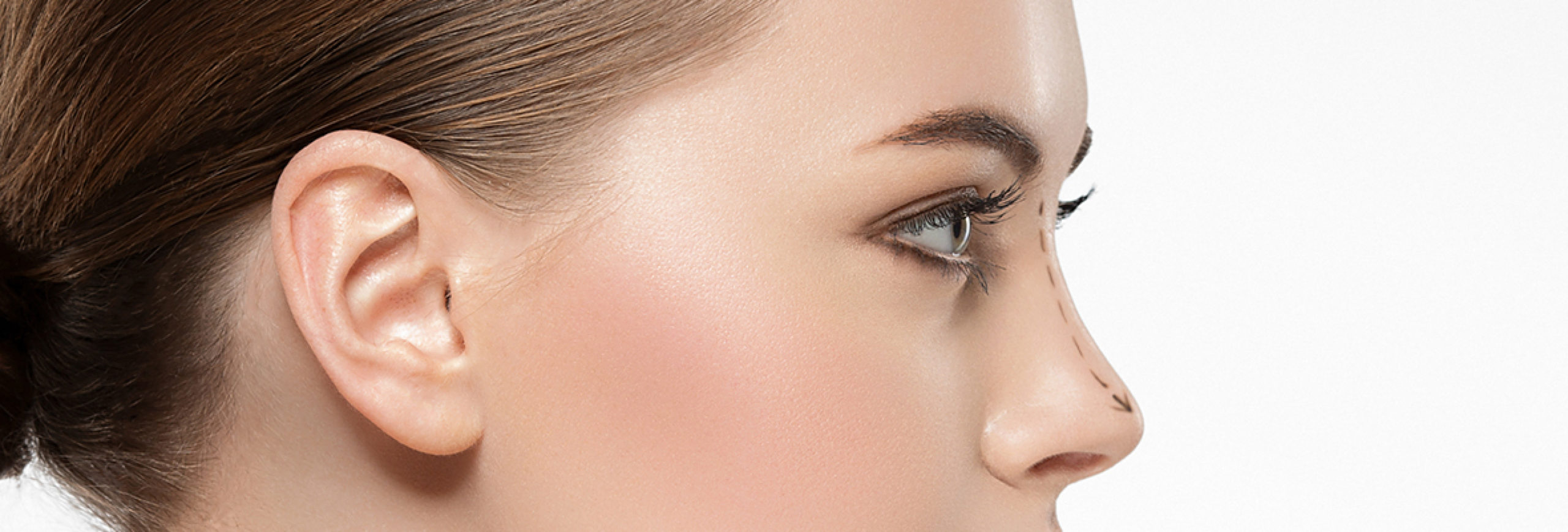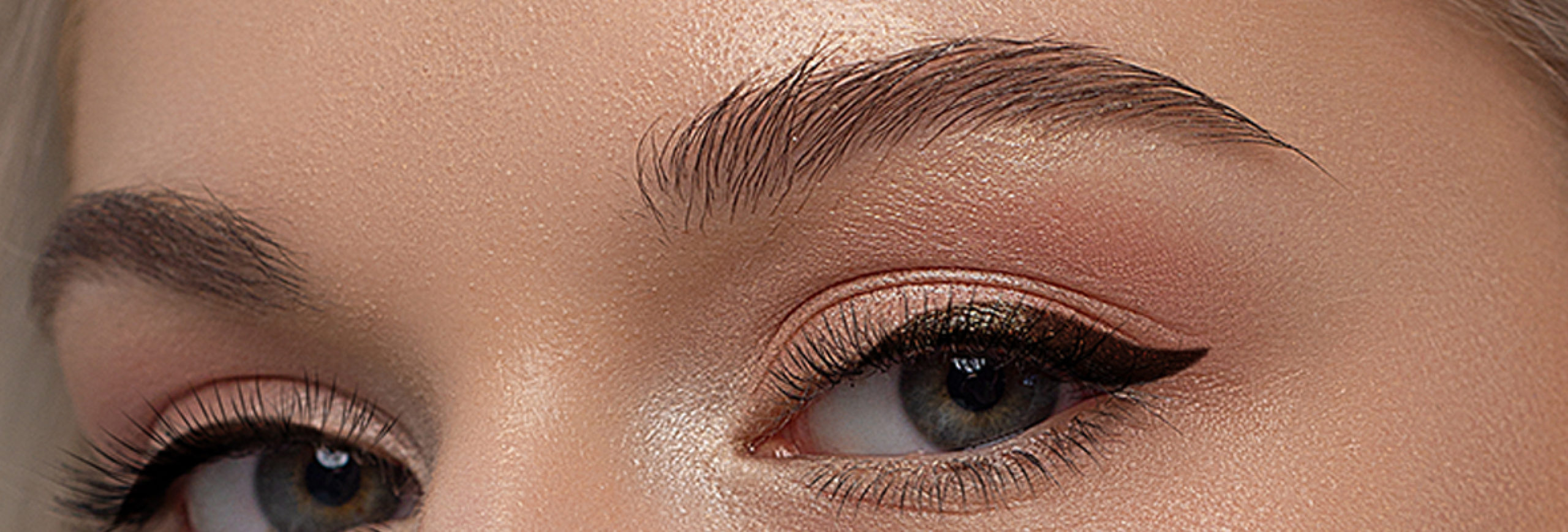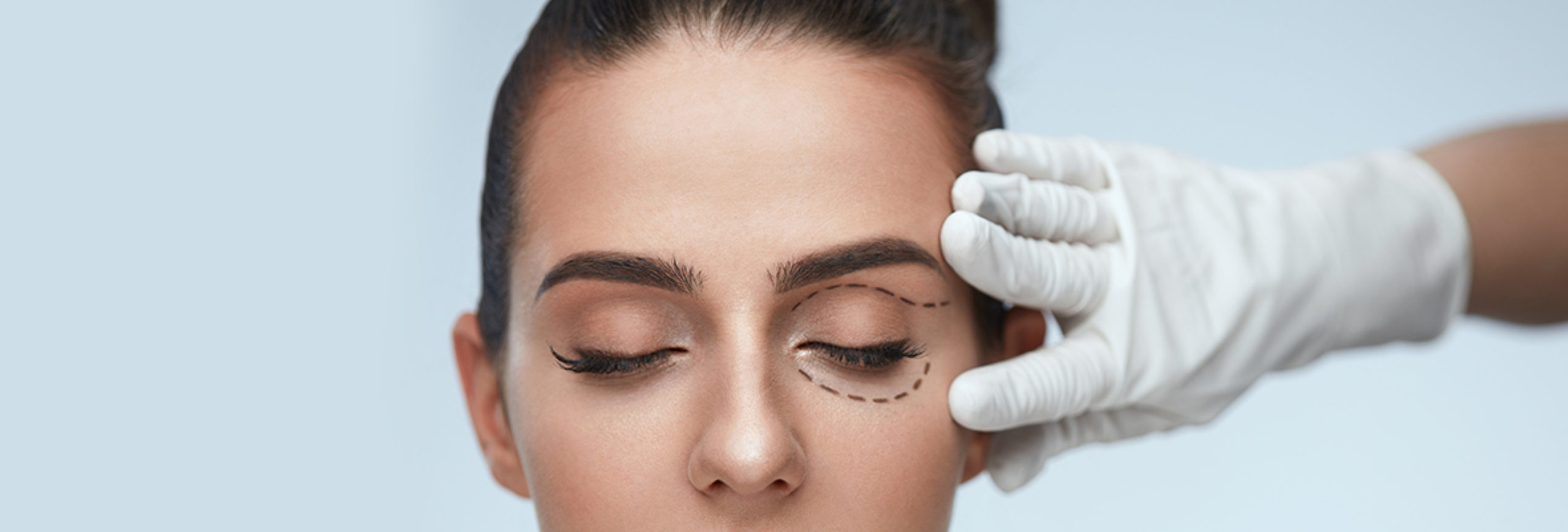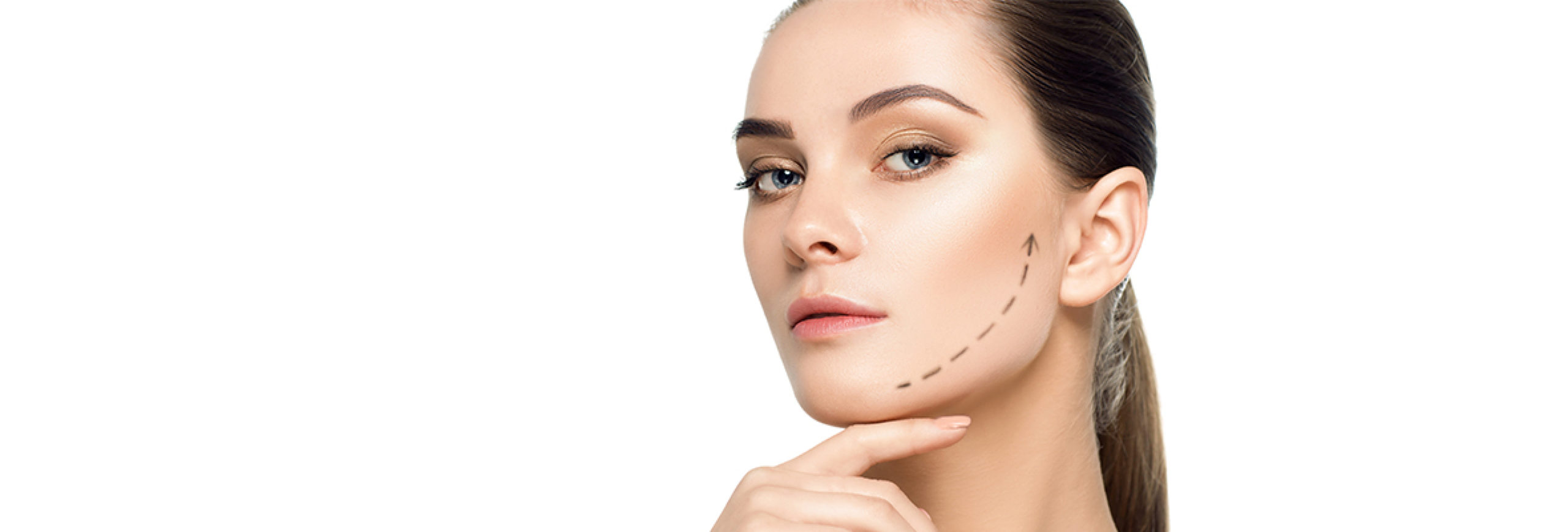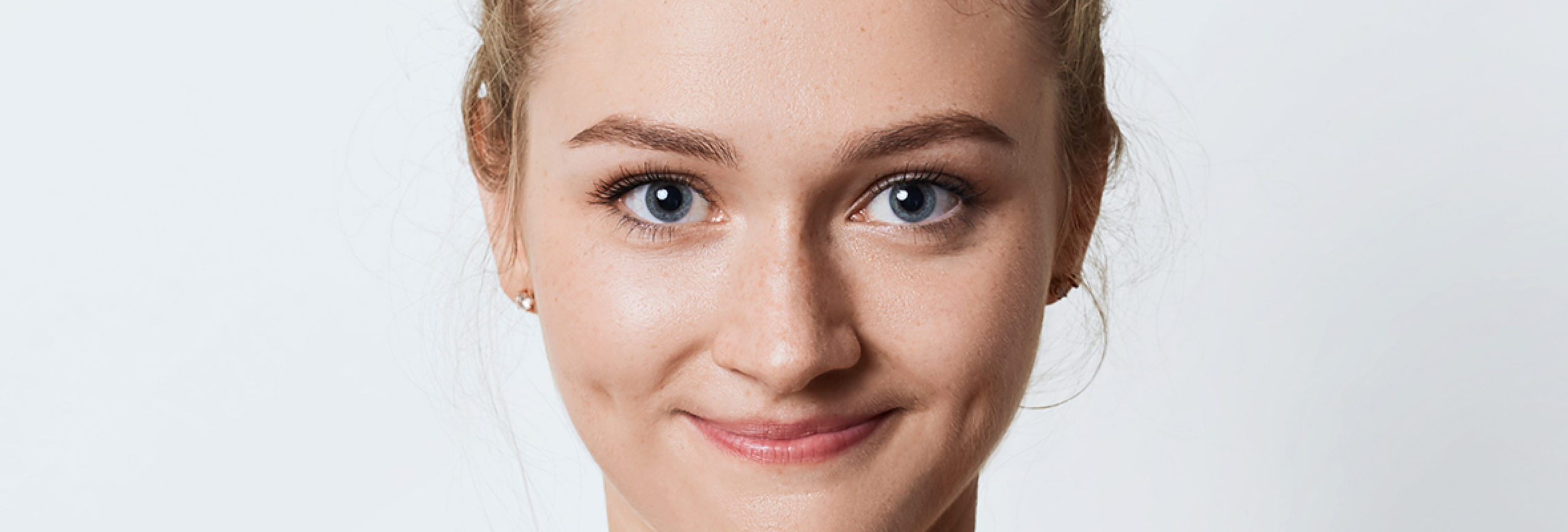Facial Procedures

Facial Procedures
Chin Augmentation
Surgical Procedure
Your surgeon will choose the correct size and shape of implant to improve your look. He or she will then make a small incision along the inside of the lower lip or just under the chin to create a pocket-like area. The implant will then be placed inside the pocket.
Otoplasty (Ear Surgery)
Surgical Procedure
The technique used will depend on the nature of your problem. Generally the surgeon will make a small incision at the back of the ear to expose the ear cartilage. It will then be sculpted and bent back towards the head. Sometimes permanent sutures are put in to hold the new position. Occasionally, a larger piece of cartilage is removed to attain a more natural-looking fold after surgery. In a different technique, stitches are used to fold the cartilage back on itself and the cartilage is not removed.
In most cases, ear surgery will leave a faint scar at the back of the ear that will fade with time. Even when only one ear appears to protrude, surgery is usually performed on both ears to create a more even look
Rhinoplasty (Nose Surgery)
Surgical Procedure
There are several techniques used to perform this procedure. An incision may be made under the rim, or within the nose, and the soft tissue separated. The bone and cartilage is then re-sculpted and the skin sealed with fine sutures to minimize scarring. Patients with a deviated septum may have it corrected during surgery to improve breathing problems. Prior to surgery your surgeon may place drops in your nose to eliminate bleeding during surgery and constrict blood vessels.
Brow Lift (Forehead Lift)
Surgical Procedure
This procedure involves raising the eyebrows and underlying muscle, to smooth the forehead, minimise frown lines and correct abnormally low eyebrows to their original position. The incision usually starts at ear level, runs across the top of the forehead (hidden behind the hairline) and then back down the other side. Once the incision has been made and the underlying tissue has been removed, the brow will be lifted and the excess skin at the incision removed. The wound is then sutured or stapled closed.
This procedure may also slightly stretch the upper eyelids, resulting in a younger appearance.
Blepharoplasty (Eyelid Surgery)
Surgical Procedure
The surgeon will, according to how a patients presents, remove the excess fat of a baggy eyelid and possibly tighten the muscles. The surgeon may also remove excess skin.
Face Lift
Surgical Procedure
During a facelift, the tissues under the skin are tightened and fat pads that give the face it’s shape are relocated to a higher position. This helps to create a firmer, more youthful appearance. Incisions are usually made above and across the hairline in order to diminish scarring. The incision then follows the crease in front of the ear, behind the ear, and along the lower scalp so as to make scars invisible, with fine sutures. The surgeon separates the skin from the fat and tightens the muscles beneath with dissolvable sutures, then tightens and cuts the excess skin. Excess muscle may be trimmed and excess fat may be suctioned from around the neck and chin area to improve the contour.
Lipofilling
Introduction
Lipofilling is a procedure which uses a person’s own fat to fill in the area(s) to enhance fullness or correct irregularities for aesthetic purpose.
Surgical Procedure
During the process, a surgeon will collect fat from a patient’s own body, usually from the abdomen, buttock, or inner/outer thigh areas (called ‘donor site’), through one or more incisions of 3-5 mm each. The donor site incisions will be sutured. Then, the collected fat will be separated to extract only the pure fatty cells and stem cells to be used for filling.
The fat will be injected to soft tissue layer of the recipient site(s) through a small cannula which will leave no visible scars.
It may be necessary for a surgeon to collect and inject more fat than it’s actually needed; this is because when fat cells are injected, they may be reabsorbed by the immune system or by other factors, meaning that around 30-75% of the injected cells can actually survive
Cheek Dimple
Introduction
Cheek dimples are commonly considered an attractive feature. The procedure for creating a cheek dimple is actually quite simple and is usually performed as an outpatient procedure. During surgery, the skin in the cheek muscle are connected so that when the muscle contracts, it pulls the skin inwards to form a dimple in exactly the same way as a natural dimple.
Surgical Procedure
To create cheek dimples, a thin circle of the skin is removed from the inside of the cheek. This is done by cutting out a portion of the mucosa (inner cheek skin), the sub-mucosal fat and the cheek muscle using a punch biopsy instrument.
This area of the missing tissue is then stitched together using an absorbable suture. The stitch goes through the cheek muscle on one side of the circle of the missing tissue, then through the dermis layer of the skin and finally back through the cheek muscle on the other side of the circle. A surgical knot is tied, and a dimple is created even when not smiling
Within a week or two, when the suture is absorbed, the cheek will flatten out and the dimple will disappear when you’re not smiling. However, as scarring occurs inside the cheek, the muscle will connect to the skin creating a dimple when you smile.
This procedure can be performed on any kind of cheek. However, the best results are seen when the cheeks are most overly chubby. Larger dimples can be created using a bigger punch biopsy to remove a larger circle of tissue

